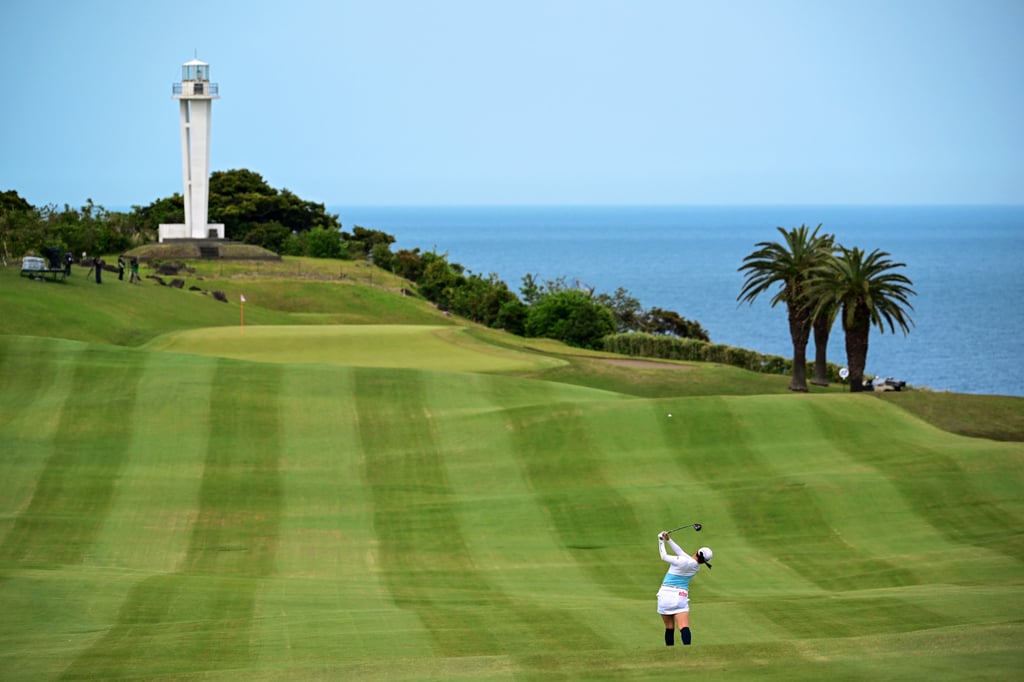Advertisement
6 scenic golf clubs in Asia where non-members can tee off, from Mission Hills Haikou to Pineapple Hills, Thailand
Fancy hitting the fairways while on holiday? Here’s our rundown of the best publicly accessible golf courses in Asia
Reading Time:3 minutes
Why you can trust SCMP
0

Across Asia, you’ll find plenty of breathtakingly scenic golf courses that welcome non-members. Some may place restrictions on tee-off times, charge non-members slightly higher fees or require advance booking, but they are anything but exclusive.
Amid beautiful landscapes and with world-class facilities, here are six clubs offering an exceptional golfing experience for all.
Kawana Hotel Golf Course, Japan

Visitors to the Kawana Hotel Golf Course, to the southwest of Tokyo, Japan, must book an overnight stay if they want to test themselves on one of two exceptional courses. The Fuji Course opened in 1936 and provides spectacular views of Mount Fuji and the Pacific Ocean. Every hole is postcard-perfect and it’s no surprise the course is ranked the second best in Asia by Top 100 Golf Courses. Also boasting incredible coastal vistas, the Oshima Course – opened in 1928 – was designed by Mitsuaki Otani, the “Father of Japanese golf”. The hotel grounds are home to more than 9,000 cherry trees that blossom from mid-January to early April, creating a particularly local backdrop. Both courses are renowned for their unique design, as well as tight fairways, deep bunkers and immaculately manicured but challenging greens, and have hosted tournaments including the Fujisankei Classic on the Ladies PGA of Japan Tour.
Green fees are 64,000 yen (HK$3,350) for one round and hotel stay; princehotels.com/en/golf
Angkor Golf Resort, Cambodia

Angkor Golf Resort is just 10km from Angkor Wat, in Siem Reap. Designed by golfing great Nick Faldo, its 18-hole championship course, with its strategically sited bunkers, water hazards and pristine greens, is known for its scenery, and the resort for its facilities that include a driving range, practice greens and a clubhouse. The 100-hectare property reflects contemporary golf-course design standards while the management promotes biodiversity by preserving natural habitats such as wetlands that provide sanctuary for more than 60 bird species and other wildlife. Resort workers are limited in their use of fertilisers and pesticides, use captured irrigation water and compost organic waste.
Advertisement